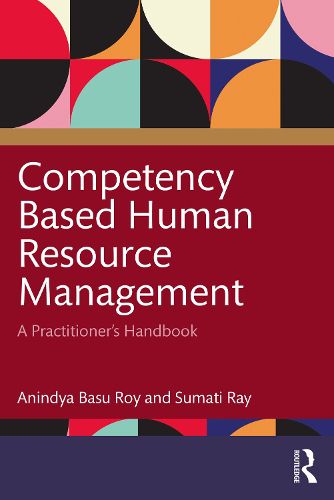Readings Newsletter
Become a Readings Member to make your shopping experience even easier.
Sign in or sign up for free!
You’re not far away from qualifying for FREE standard shipping within Australia
You’ve qualified for FREE standard shipping within Australia
The cart is loading…






This book balances theory and illustrations to elucidate the application of competency modeling across varied industry domains. The book provides a methodology for developing reliable and valid psychometric tools for assessment. The book elaborately covers two most popular approaches - assessment center and 360-degree assessment - along with their pros and cons and most importantly insights on which approach to apply where.
This book will help readers gain conceptual as well as practical insights into competency modeling, competency assessment and the integration of competency models into Human Resource Management (HRM). Apart from covering all the relevant topics adequately, the book delves into analytics related to the design of competency models as well as the setting up of assessment systems. There is a chapter dedicated to designing psychometric tools for competency assessment advocating the use of statistical tools like tests of significance and test design concepts like item analysis, reliability and validity. There is another chapter dedicated to how a Human Resource Department can play a facilitator's role in setting up a competency based HRM.
The book would be useful for students, researchers and faculty of Business Management courses especially those specializing in Human Resource Management. It will be an invaluable resource for all HR practitioners from the industry who want to make competency based HRM work - either by modifying an existing competency model or setting up a new model.
$9.00 standard shipping within Australia
FREE standard shipping within Australia for orders over $100.00
Express & International shipping calculated at checkout
This book balances theory and illustrations to elucidate the application of competency modeling across varied industry domains. The book provides a methodology for developing reliable and valid psychometric tools for assessment. The book elaborately covers two most popular approaches - assessment center and 360-degree assessment - along with their pros and cons and most importantly insights on which approach to apply where.
This book will help readers gain conceptual as well as practical insights into competency modeling, competency assessment and the integration of competency models into Human Resource Management (HRM). Apart from covering all the relevant topics adequately, the book delves into analytics related to the design of competency models as well as the setting up of assessment systems. There is a chapter dedicated to designing psychometric tools for competency assessment advocating the use of statistical tools like tests of significance and test design concepts like item analysis, reliability and validity. There is another chapter dedicated to how a Human Resource Department can play a facilitator's role in setting up a competency based HRM.
The book would be useful for students, researchers and faculty of Business Management courses especially those specializing in Human Resource Management. It will be an invaluable resource for all HR practitioners from the industry who want to make competency based HRM work - either by modifying an existing competency model or setting up a new model.